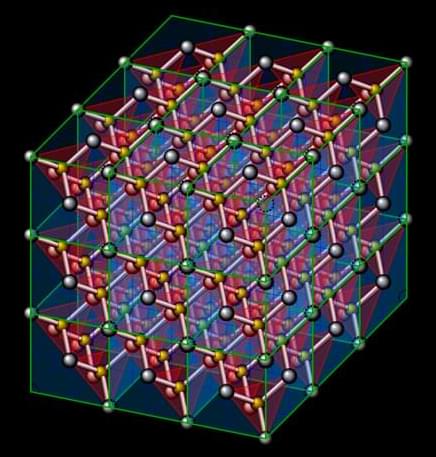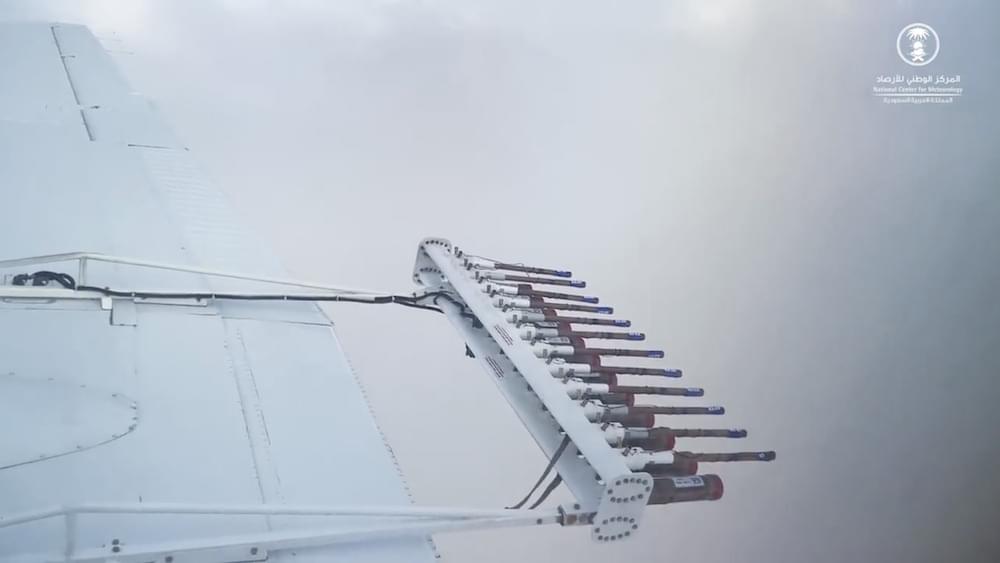When it comes to responding to emerging threats, the Pentagon’s director for electromagnetic warfare suggested today that the US military’s electronic warfare organization should borrow a leaf from SpaceX.
SpaceX founder Elon Musk said that Russia had jammed Starlink terminals in Ukraine for hours at a time after SpaceX shipped Starlink terminals to Ukraine in February in an apparent effort to help Ukraine preserve its internet connection amid the war with Russia. Starlink was back up and running after a software upgrade, according to Musk, who added on March 25 that the constellation had “resisted all hacking & jamming attempts” in Ukraine.
Assuming Musk — who is known for being a showboater in his public pronouncements — is giving an accurate image, a private company thwarting Russian EW attempts with software updates is the kind of thing that makes Pentagon EW experts sit up and take notice.
“That’s wonderful from the standpoint of an EW technologist. Dave Tremper, head of electronic warfare for the Pentagon’s acquisition office, remarked, “That paradigm and how they executed that is sort of eyewatering to me.” “We need to be able to upgrade in the same way that Starlink was able to when a threat appeared. We need to be able to modify our electromagnetic posture quickly, and we need to be able to change what we’re attempting to do without sacrificing capabilities.”
Subscribe — https://bit.ly/3lPAZZ3






